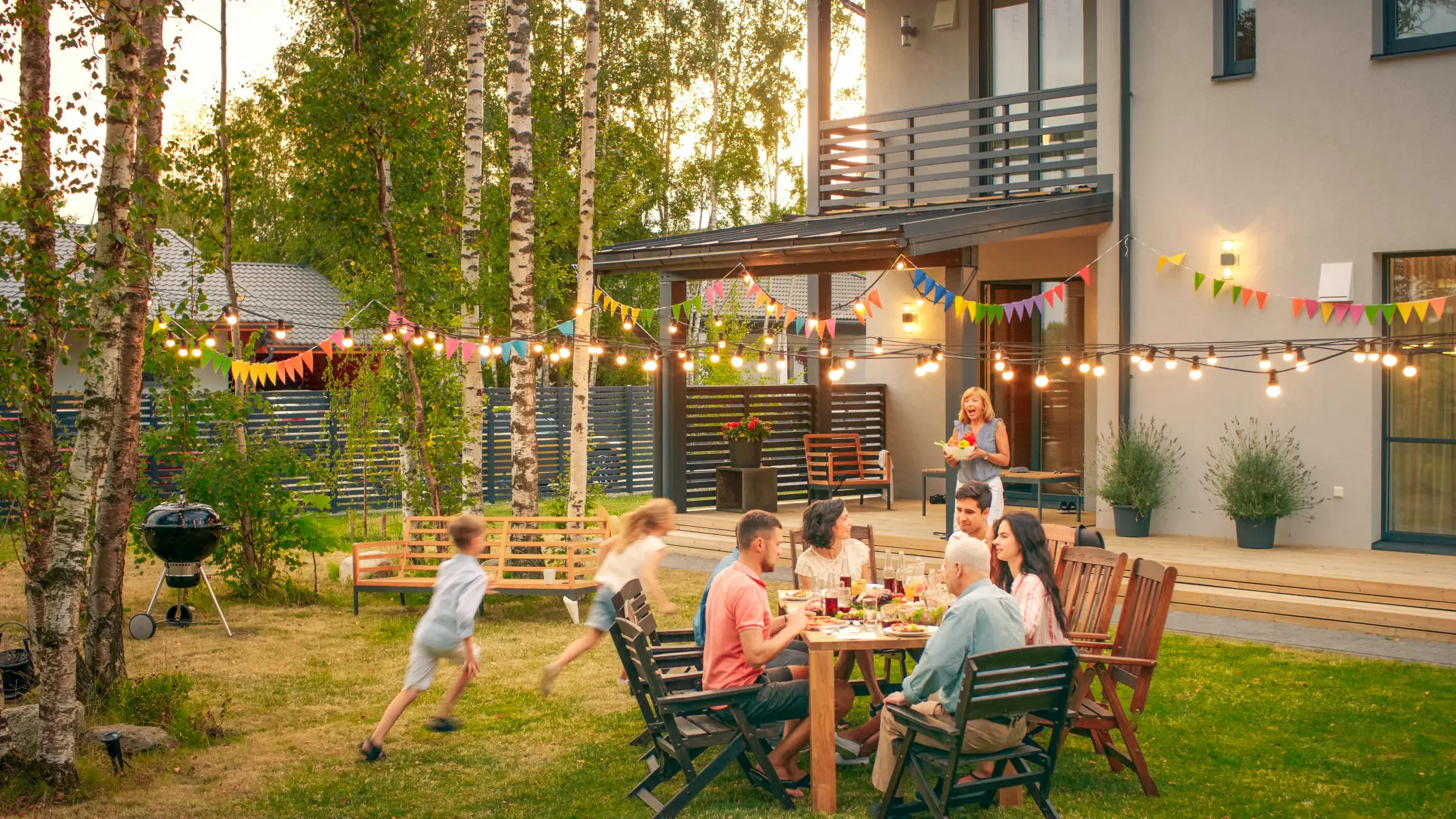


Living in Anchorage presents a unique economic landscape that reflects both the challenges and advantages of its remote location and status as Alaska's primary urban center. Understanding the cost of living here requires considering both the higher costs of certain necessities and the unique financial benefits of Alaska residency.
According to Sperling's Best Places, Anchorage's overall cost of living index is 123.5, making it 23.5% higher than the national average. However, this figure requires context when compared to other major cities:
These housing costs are favorable compared to other West Coast metropolitan areas, especially given property size and quality.
For physicians, Anchorage is financially attractive due to:
While Anchorage's cost of living is above the national average, the absence of state taxes, high professional salaries, and Alaska-specific benefits make it financially competitive for medical professionals. Embracing the Alaskan lifestyle and leveraging these benefits can significantly enhance quality of life and long-term savings.
The Anchorage real estate market offers diverse housing options across distinct neighborhoods, each with its own character and amenities. For physicians relocating to the area, understanding the various residential areas and housing options is crucial for making informed decisions about where to settle.
Hillside
South Anchorage
Eagle River (15 minutes from downtown)
West Anchorage
East Anchorage
Local Services:
Popular Websites:
For physicians, many employers offer relocation support including:
While market fluctuations occur, Anchorage real estate has historically maintained stable value. With diverse neighborhoods and strong professional support, medical professionals can find housing that fits both their lifestyle and career needs.



Anchorage's safety profile reflects its unique position as Alaska's largest urban center while maintaining characteristics of a smaller community. Understanding the city's safety landscape requires considering both urban and environmental factors that affect daily life.
Crime statistics and safety measures in Anchorage vary significantly by neighborhood:
The safety landscape in Anchorage requires balancing urban awareness with wilderness knowledge. Most medical professionals choose to live in well-established neighborhoods with strong community networks and access to comprehensive emergency services.
